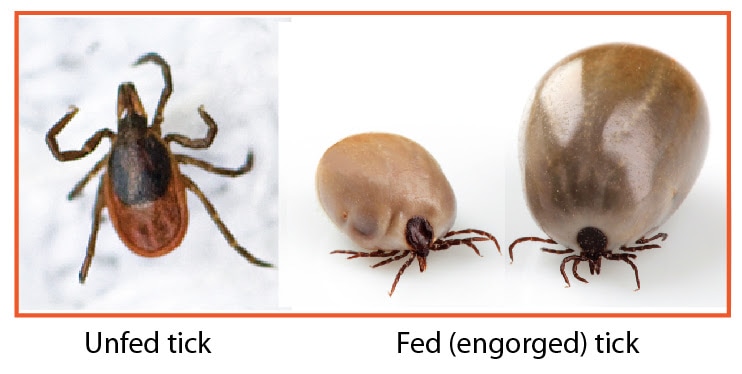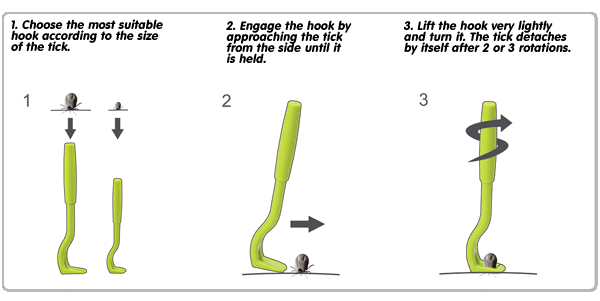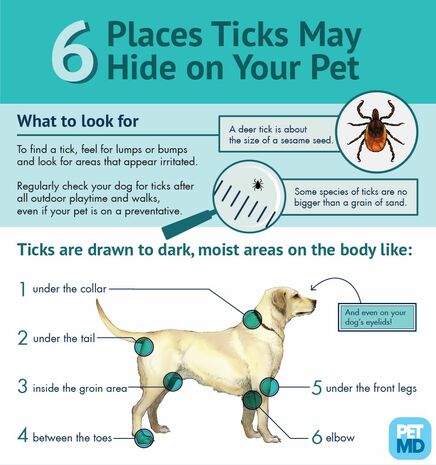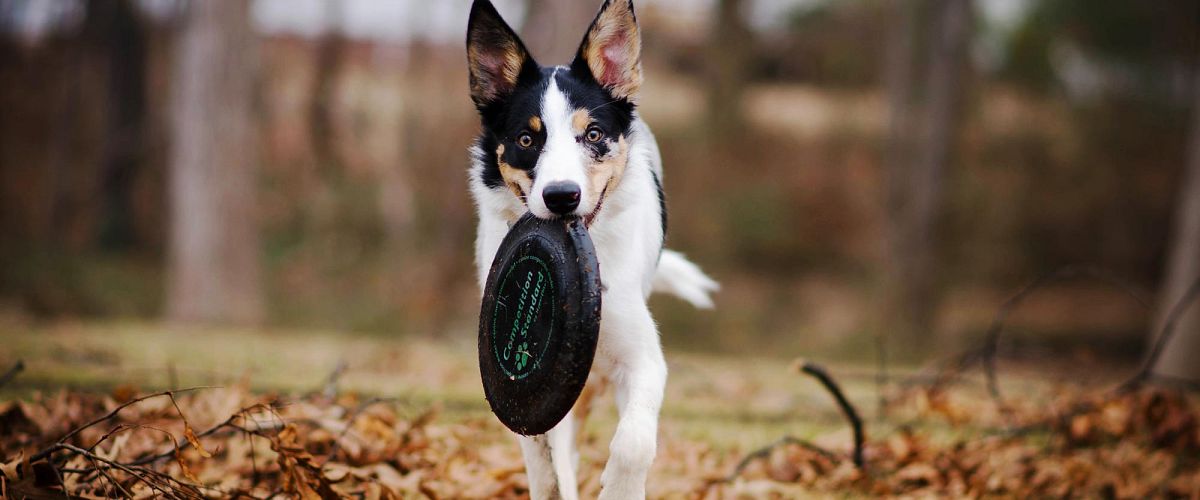Tick Season
Tick talk! So, what are ticks exactly?
Ticks are external parasites that feed on the blood of unlucky host animals such as our canine companions, and even us! Contrary to popular belief, ticks are not “insects.” They have 8 legs, so they are actually arachnids, like spiders and mites. The Brown Dog tick (Rhipicephalus sanguineus) and the American Dog tick (Dermacentor variabilis) are examples of ticks that commonly affect us in the Okanagan.
Ticks of all types have a flat, hard, oval-shaped shell which is quite difficult to crush. Once they latch on for a blood meal, they can engorge up to x10 their original size.

How do I know if my pet has a tick?
Ticks are visible to the naked eye. During the warmer months, it’s a good idea to check your dog regularly for these parasites. If you find a suspicious grey/brown lump on your dog and think it might be a tick, check for their legs... you can often see them wriggling around its body, near the skin of your pet.
If you do spot a tick, it is important to take care when removing it.
How do I remove a tick?
To remove a tick, please do NOT use any noxious substances on it. Simply grab a fine pair of tweezers, pinch around the tick's HEAD - NOT its body - as close to the skin as possible, and pull straight out! You can also use a special tool called a "tick twister," which you can pick up for free at our clinic in the spring and summer months. You can clean the area afterwards with some rubbing alcohol.
Please follow these instructions for tick removal from the Center for Disease Control and Prevention here: https://www.cdc.gov/ticks/removing_a_tick.html

So how do ticks get on our pets, and where can we find them?
Ticks hang out in long grasses and shrubbery. Unlike fleas or lice, ticks do not jump onto their host. They stand on their hind legs and wave their forelegs around, waiting for you to walk by and brush up against them. This is called "questing" - not nearly has fun as it sounds!
Ticks are attracted to the dark, warm, moist areas of our pets (and ourselves), so they will do a little traveling to find a good spot to hide and feast. If you take your dog on a walk or hike, check the following areas on BOTH of you after coming home:
- Neck (under the collar)
- Behind the ears
- Armpits
- Elbows
- Back of the knees
- Groin
- Between the toes
- Under the tail

Ticks can also transmit diseases such as Lyme disease, ehrlichiosis and Rocky Mountain spotted fever, all of which can cause serious complications and are potentially fatal without prompt and proper treatment.
What can I do to prevent Ticks?
The best way to protect your pet from Ticks is by using a Tick prevention. There are many different products on the market today that help. Call and speak to a member of our health care team for a recommendation that is best for your pet.
- Nexgard is a beef flavoured chewable tablet that is given once monthly. This product kills ticks within hours of their first blood meal. It is a safe and effective way to protect your dog.
- Revolution is a topical solution applied directly to your pet skin once monthly. Revolution aids in tick control.
Please contact one of our clinics for more information on ticks and tick prevention. One of our knowledgeable staff members would be glad to help you!


